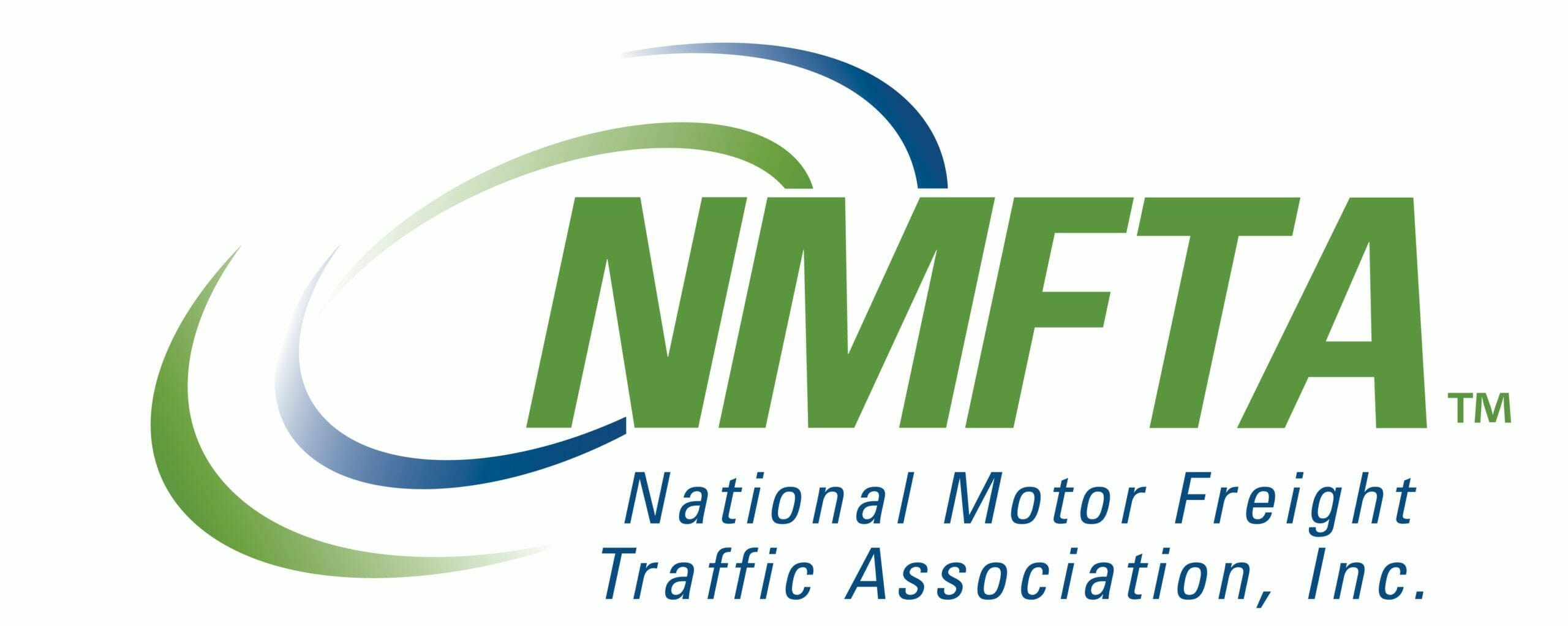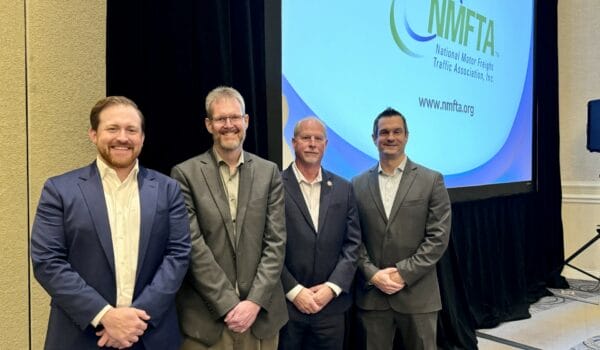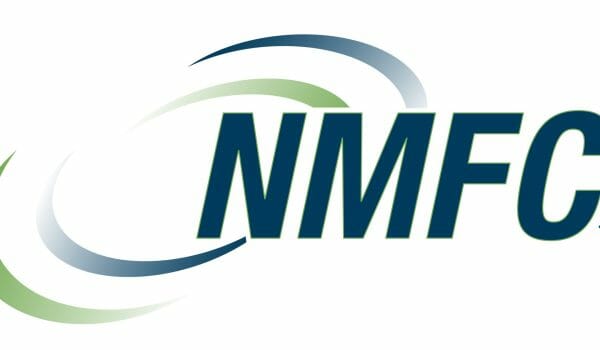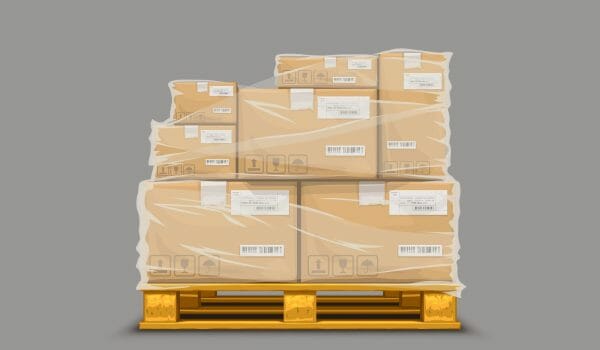A properly completed bill of lading is worth more than gold to shippers. It ensures that shipments are handled as they should be, with accurate charges and few if any delays. NMFTA’s Digital LTL Council has recently announced a new standard for Electronic Bills of Lading (eBOL) because this standardization is so critical to improving supply chain efficiency.
But even with the eBOL standardizing and simplifying the process, it is still critical to correctly complete every bill of lading.
The adjacent infographic illustrates how to complete a BOL properly in clear, easy-to-understand terms.
These instructions, combined with the use of the new eBOL standard established by the Digital LTL Council, should make the process simple and the outcomes dependable.
There is, of course, work to do and information to gather. But with this as your reliable guide, you should have no trouble plugging the information into the standard eBOL (or any other type of BOL) and ensuring the outcomes you and everyone else in the process want.
Take a look:











